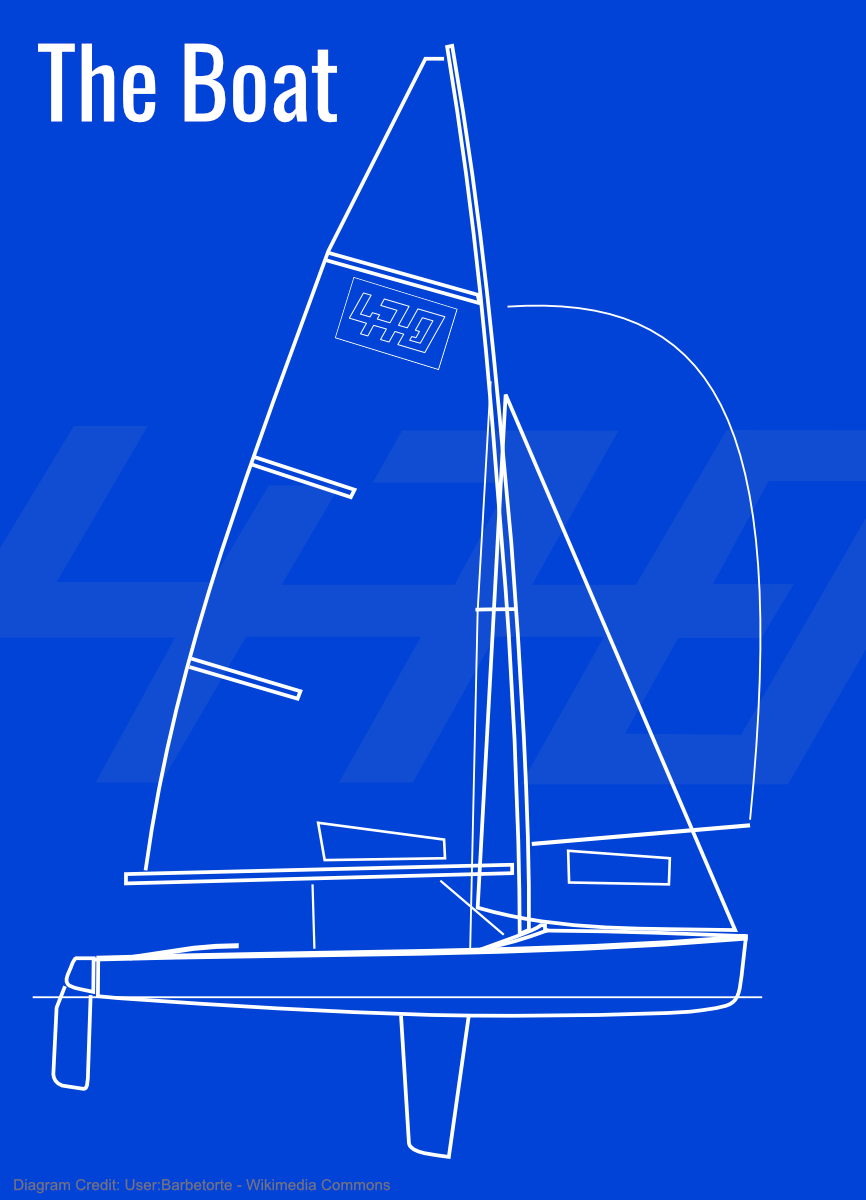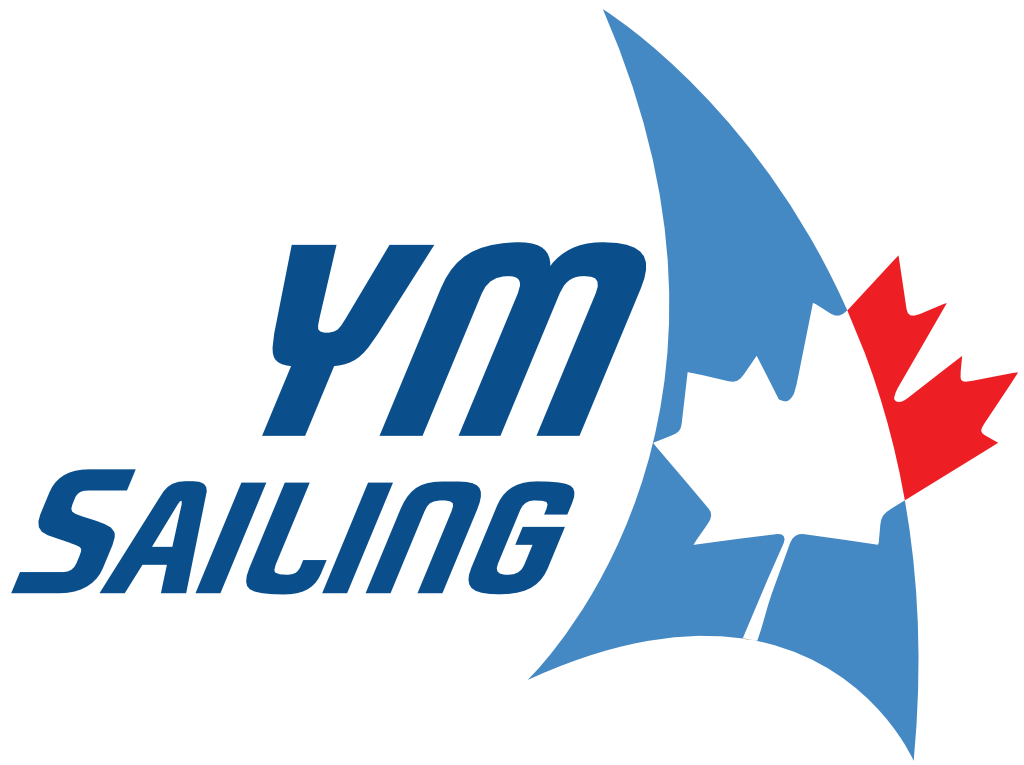Josh Yale

Josh is a third-generation sailor who grew up in Toronto and entered the world of Optimist sailing at the young age of 5 at the Island Yacht Club. He demonstrated both a passion and aptitude for racing almost immediately and quickly progressed to racing Optimists, then 420s and eventually 29ers at RCYC as a member of their high-performance race teams. Josh is a student at Queen’s University, where he and his sailing partner and high school friend, Michael Montagnese, began competing together as members of the Queen’s Sailing Team.
Michael Montagnese

Michael started sailing when he was 8 years old out of TS&CC in Toronto, ON. His first racing experience came when he joined their Optimist Race Team. From here, his passion grew stronger and his love for the sport became even more apparent. Michael quickly found success when he began racing 420s, managing to not only join the Ontario Sailing Team, but also win the majority of the events he attended. Michael now attends Queen’s University where he and Josh have won all collegiate events they attended while representing the Queen’s Sailing Team.
Who We Are

Josh Yale
Josh is a third-generation sailor who grew up in Toronto and entered the world of Optimist sailing at the young age of 5 at the Island Yacht Club. He demonstrated both a passion and aptitude for racing almost immediately and quickly progressed to racing Optimists, then 420s and eventually 29ers at RCYC as a member of their high-performance race teams. Josh is a student at Queen’s University, where he and his sailing partner and high school friend, Michael Montagnese, began competing together as members of the Queen’s Sailing Team.
Michael Montagnese
Michael started sailing when he was 8 years old out of TS&CC in Toronto, ON. His first racing experience came when he joined their Optimist Race Team. From here, his passion grew stronger and his love for the sport became even more apparent. Michael quickly found success when he began racing 420s, managing to not only join the Ontario Sailing Team, but also win the majority of the events he attended. Michael now attends Queen’s University where he and Josh have won all collegiate events they attended while representing the Queen’s Sailing Team.


The 470
The 470 is a technical double handed sailboat first built in 1968. The boat is incredibly versatile, being able to sail in all wind conditions whether it be light 5 knots or crazy 40 knot squalls. Not only is the boat incredibly inclusive of all wind conditions, it is also very inclusive of all nations. The 470 is a far more affordable class than some other Olympic sailing events, which means that less fortunate countries can still afford to participate in the games.
The 470 is one of the oldest Olympic sailing classes, which has given the boat a lot of time for development. Unlike most other Olympic classes, the 470’s guidelines with respect to redesign is not as strict.
Teams can adjust everything from their sail shape, their mast models (more or less stiff) all the way to their block and cleat placements on the hull. Despite this, the boat still weighs 120kg (260Ib), still measures in at 4.7m in length, and still closely resembles the earlier models of 470 which appeared in the class’s Olympic debut back in 1976.
The 470
The 470 is a technical double handed sailboat first built in 1968. The boat is incredibly versatile, being able to sail in all wind conditions whether it be light 5 knots or crazy 40 knot squalls. Not only is the boat incredibly inclusive of all wind conditions, it is also very inclusive of all nations. The 470 is a far more affordable class than some other Olympic sailing events, which means that less fortunate countries can still afford to participate in the games.
The 470 is one of the oldest Olympic sailing classes, which has given the boat a lot of time for development. Unlike most other Olympic classes, the 470’s guidelines with respect to redesign is not as strict.
Teams can adjust everything from their sail shape, their mast models (more or less stiff) all the way to their block and cleat placements on the hull. Despite this, the boat still weighs 120kg (260Ib), still measures in at 4.7m in length, and still closely resembles the earlier models of 470 which appeared in the class’s Olympic debut back in 1976.

